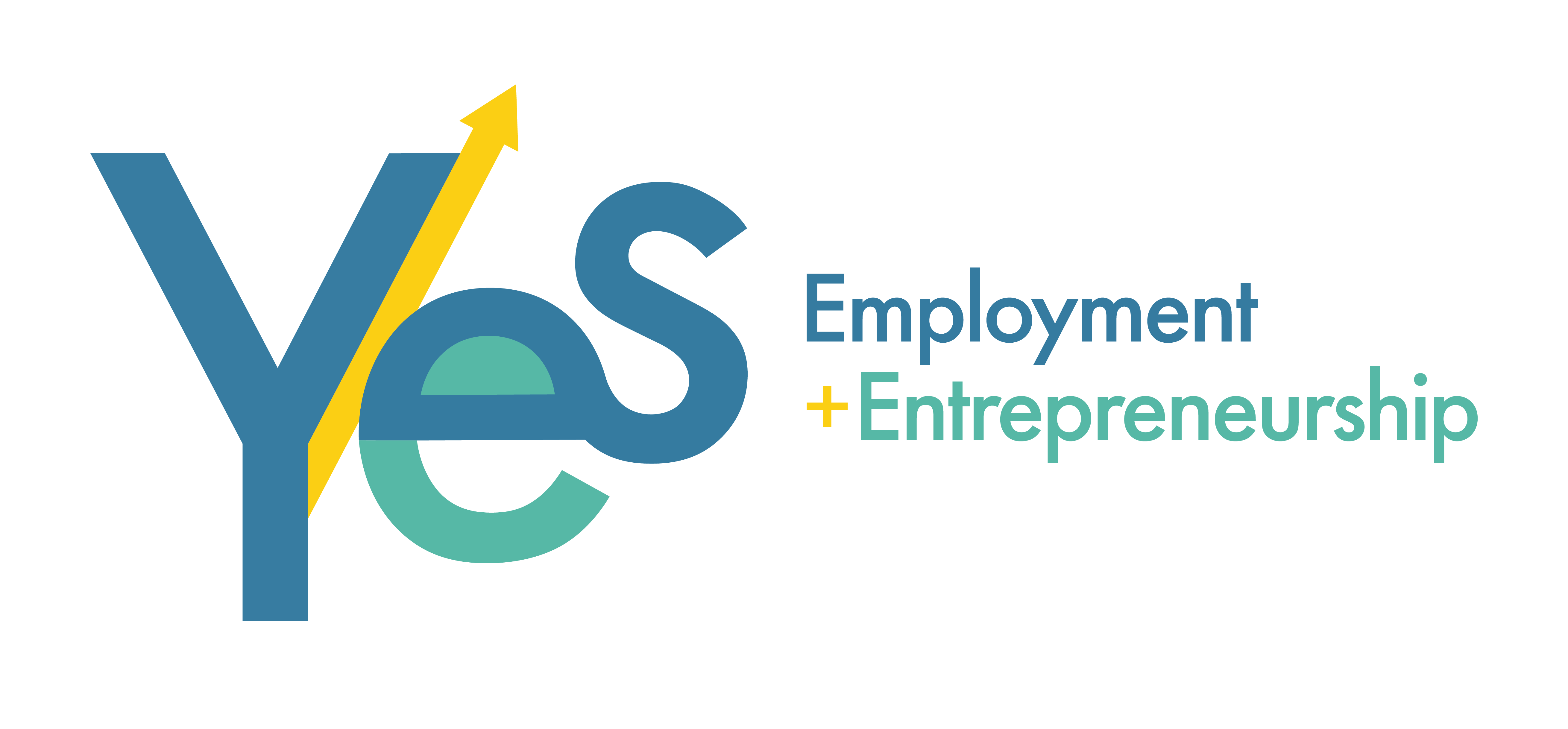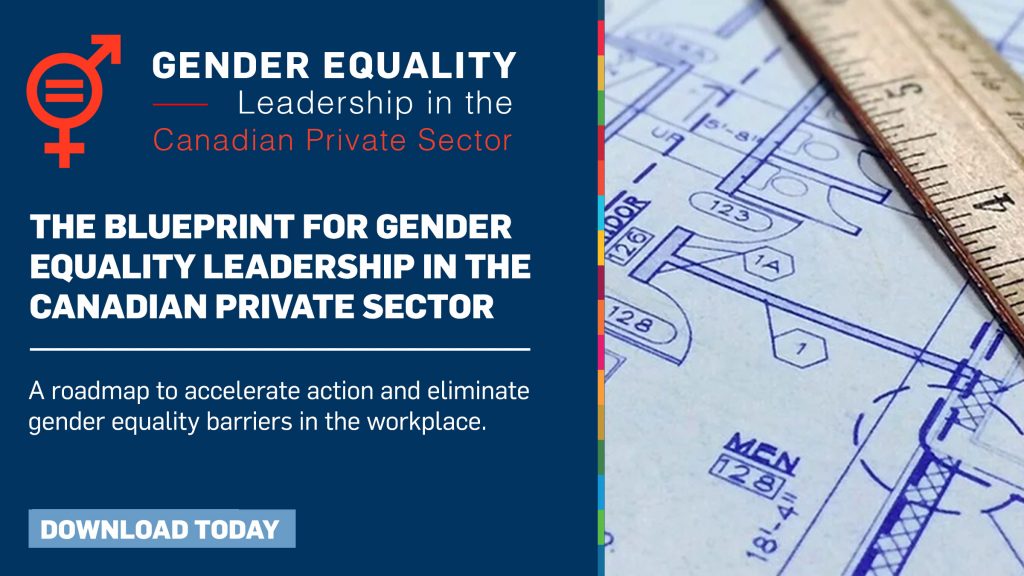How Networking Can Help Women In STEM Thrive In The Covid-19 Crisis
The COVID-19 pandemic has turned workplaces upside down, with employees struggling to do their jobs, worrying about health and finance issues, and company cultures being jeopardized by remote work. Women, in particular, have been negatively impacted. Companies need to build systems to address these issues to prevent women from leaving the workplace.
Through conversations, #MOVETHEDIAL arrived at eight actionable behavioural changes (or “nudges”) that can help make innovation roles more accessible, welcoming and rewarding for women across all sectors.
Centered around inclusion, intention, and investment, #MOVETHEDIAL’s open-sourced Playbook serves as an important resource for companies of all sizes.
Big Data dominates our economy. Yet, we don’t have consistent, standardized and real-time data on the jobs driving that 21st century-Big Data economy: science, technology, engineering and math (STEM). Especially for women.
Although women make up more than half of the college-educated workforce in the U.S., they’re woefully underrepresented in STEM professions — both in terms of their presence at the table and their depressed compensation in comparison to their male counterparts.
It is critical that these numbers are improved and that we diversify our workplaces. Diverse workforces perform better and can result in improved financial performance. Ultimately, that makes all the sense in the world: Different minds, ideas, approaches and solutions are available when we give women a seat at the table.
Across all sectors, communities and societies, women have key contributions to make to leadership. From politics and corporations to sports and STEM, diverse leadership benefits everyone. Leaders need to represent the people they serve to best understand their wants and needs.
This year on International Women’s Day, we’re celebrating women’s leadership in all its forms, and calling for women and feminists across the world to claim their space in leadership and decision-making.
Global Compact Network Canada, the Canadian chapter of the United Nations Global Compact, recently concluded a three-year project, Gender Equality Leadership in the Canadian Private Sector. The project engaged over 20 private sector organizations and advisory partners to develop a set of tools designed to accelerate gender equality progress in Canadian workplaces.
The resulting Blueprint for Gender Equality is a comprehensive, actionable roadmap with key recommendations and leading best practices designed to guide organizations working to improve gender equality or to learn more about creating inclusive workplaces. The Blueprint website also features a resource database and Maturity Model, a self-assessment tool which works in tandem with the Blueprint to help organizations identify and expand upon ongoing efforts to advance gender equality and uncover new opportunities to achieve systematic change.
To access the Blueprint website, available in both English and French, please click here.
YES’ Advancing Women in STEM initiative, launched in 2017, was created to provide recommendations and test solutions to key challenges compromising women’s retention and access to leadership positions within STEM industries. One of the project’s main objectives was to support a team of “change agents” within select pilot companies as they created internal initiatives to support female employees, and influenced organizational functions and structures that hindered inclusion and equal access to opportunity. Outlined below are the outcomes, lessons learned, and recommendations identified by the leaders from the three piloting companies, GSoft, IC Axon and OneSpan.
Read the full document here. Version française ici.
Think about a woman in computer science or a female engineer or technologist you know or heard about. She, like all women in STEM fields – science, technology, engineering and math – spent many years and thousands of dollars in education and training, often sacrificing aspects of their personal lives, to succeed in their chosen field. Think about how much dedication is required to get there.
So, why after all that effort, commitment and expense to women in STEM leave the field twice as often as men do? That’s what a recent study by the Association of Women in Science found.
Read the full article here
Source: Forbes
In the absence of clear data about the most effective ways to recruit and retain women in STEM, here are nine strategies to improve gender diversity in the security workforce that organizations should consider trying out.
Read the full article here
Source: Security Intelligence
















